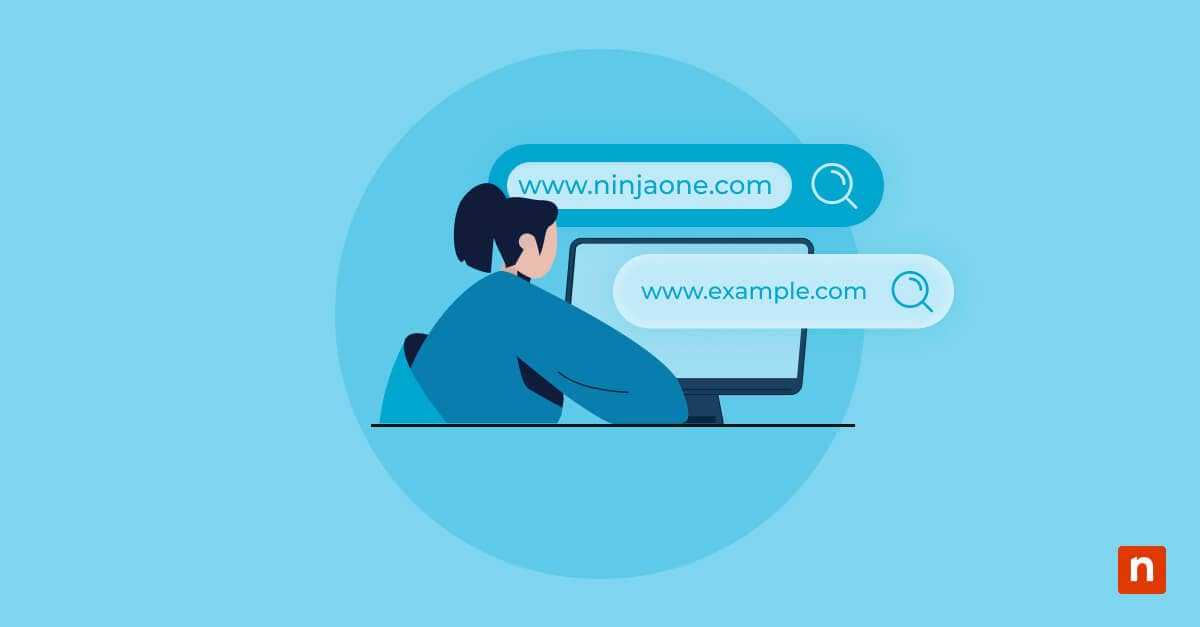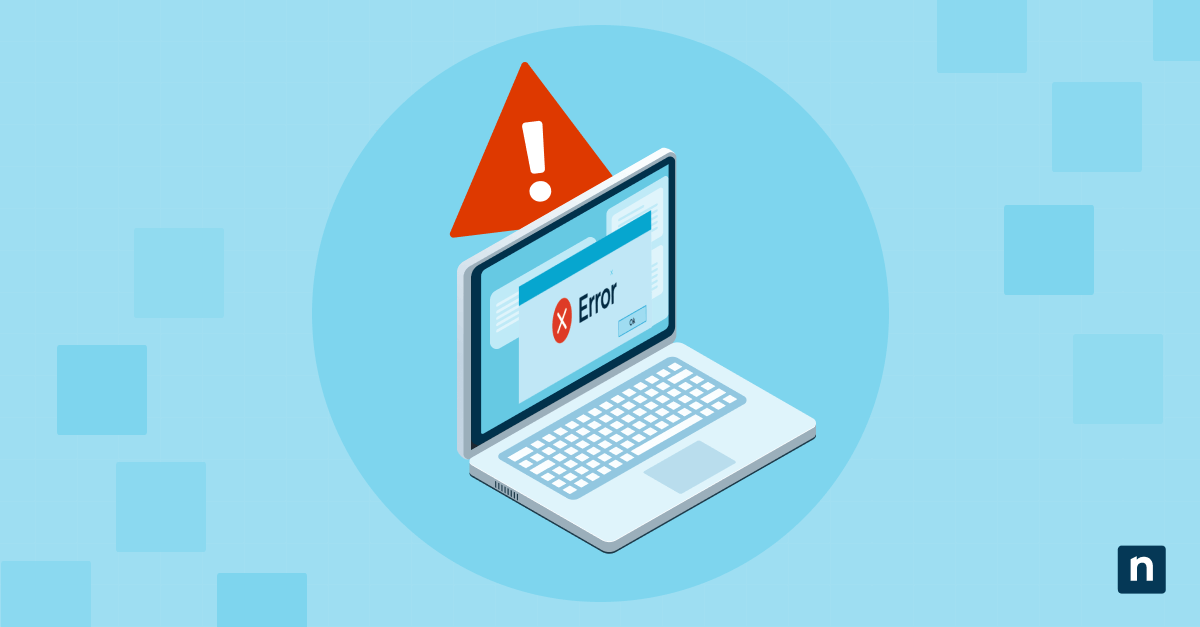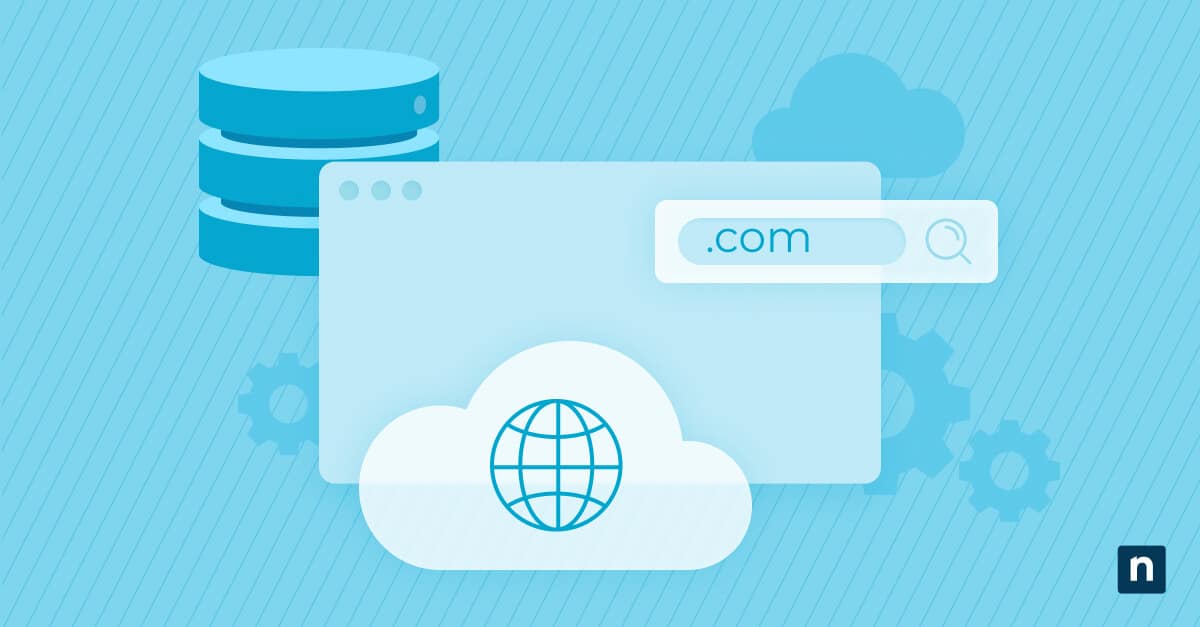IT automation is quickly becoming one of the most critical aspects of a modern IT operations environment as it reduces the cost of performing routine IT tasks while also increasing the productivity of individual team members. IT automation can be defined as the process of utilizing software and other systems to automate manual processes and easily repeatable tasks related to managing and supporting remote endpoints.
What Does IT Automation Look Like?
In theory, IT automation can be applied to just about any IT task, but when just getting started it’s most effective to target tasks that are easily repeatable, time-intensive, and already being done manually. Patch management, backup management, and software deployment are all prime candidates for automation that can be completely managed by most RMMs, including NinjaOne.
Patch Management
One of the most time-consuming IT tasks according to recent research from NinjaOne, many organizations still take a manual approach to is patch management. Automating patch management would reduce the number of labor hours spent and reduce the risk of errors which can translate into security vulnerabilities.
NinjaOne’s IT automation tools support OS patching for Mac, Windows, and Linux, as well as patching for 135 third-party applications. With detailed and granular controls, users can develop customized scripts that fit the needs of the business.
Backup Management
Performing data backups are an essential part of security compliance and this is a perfect task that can be automated. Setting up automated backups saves time, especially as data changes are made every day and thus require frequent backups. Automation also lowers the risk of human error, ensuring data stays secure and encrypted.
NinjaOne Backup users have the full ability to set up customized controls to schedule file and folder backups for Windows devices. For more information on NinjaOne Backup, check out our free on-demand demo.
Software Deployment
Deploying software to end-users is another time-consuming IT task that is often managed by manual processes. From testing and configuring, software deployment can take hours to deploy. Multiplied by hundreds or thousands of devices and IT teams could be looking at a long, arduous process unless automation is used.
New Device Setup
Depending on the level of customization, setting up a new device for an employee can be a time-consuming process. From removing bloatware and installing productivity, security, and line of business applications to mapping network drives and setting up backups, most organizations spend between 1-5 hours on new device setup.
Most of the steps taken in new device setup can be easily automated, which is essential for high-growth MSPs or large organizations looking to become more agile. With NinjaOne, users can easily automate the new device setup process with our advanced scripting engine.
What are the advantages of IT automation?
The advantages of IT automation center around lowering IT operations costs by reducing the amount of time technicians must spend on administrative IT tasks and reducing infrastructure costs by optimizing resource utilization. IT operations automation also has clear security benefits by reducing the likelihood of human error and data breaches.
In addition, IT automation is good for employees, too. By freeing them up from repetitive, administrative tasks, employees can focus on higher-value, strategic work that improves their professional development while also supporting the business. Automation also helps workers become more productive and an even more impactful individual contributor.
Of course, there are always trade-offs when it comes to automation. Scripts and policies that automate IT tasks are pretty inflexible – they’re built for a single purpose and very good at doing that one thing. And while human error can be avoided, if a new script or policy contains an error, it could impact an entire fleet of devices. Finally, automation does have startup costs and the initial investment of setting up scripts can be time-intensive. Find out how Cherry Republic improved its end-user support workflow with NinjaOne and automation.
“We’ve been able to use Ninja’s automation functionality to really save time on device setup and deployment,”
Brian Kindt, Director of IT, Cherry Republic
How can I get started with IT automation using NinjaOne?
One easy way to get started with an IT automation tool like NinjaOne is to use automation to remotely uninstall software. (For a full step-by-step walkthrough, check out our blog post “4 Ways to Remotely Uninstall Software (and Keep it Uninstalled with Automation).”
At a high level, here are the steps to remotely uninstall software with automation:
Create the software uninstall script
You can create an uninstall script using one of the languages NinjaOne supports for scripting such as Batch or PowerShell.
Things to include in your script (using PowerShell as an example):
- Validate that the software is installed. You can use the Get-WmiObject or Get-ItemProperty cmdlet
- Uninstall the application. You can use Get-WmiObject and invoke .uninstall() or msiexec and use the ‘/x’ parameter.
- Using the appropriate silent or quiet uninstall parameter helps avoid end-user interruption.
- NinjaOne scripts can accept parameters when deployed. Make your script general enough to broad software removal requirements and use parameters to identify which application to uninstall.
Apply automation
You can use NinjaOne’s policy conditions to identify when an unwanted application is installed and automate deployment of your uninstall script.
1) Create a new policy condition. If this blacklist applies across organizations, make this condition in your parent policy.
2) Add your uninstall script to the condition so it is triggered when the identified application is detected.
3) You may want to add notifications or tickets to the tickets for billing or alerting purposes.
4) Save the condition.
Conclusion
IT automation is something that IT teams can’t afford to forget these days. Whether the focus is on security compliance or reducing the cost of performing routine device maintenance, automation is something every modern business should employ in their IT and networking environments.







